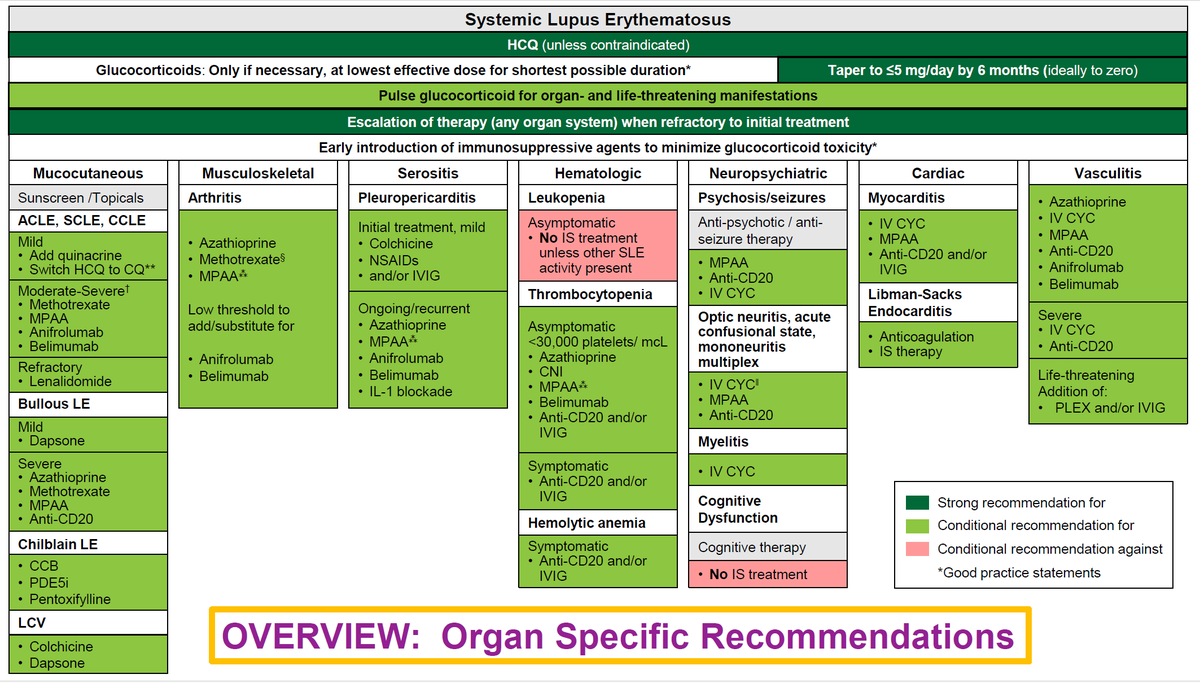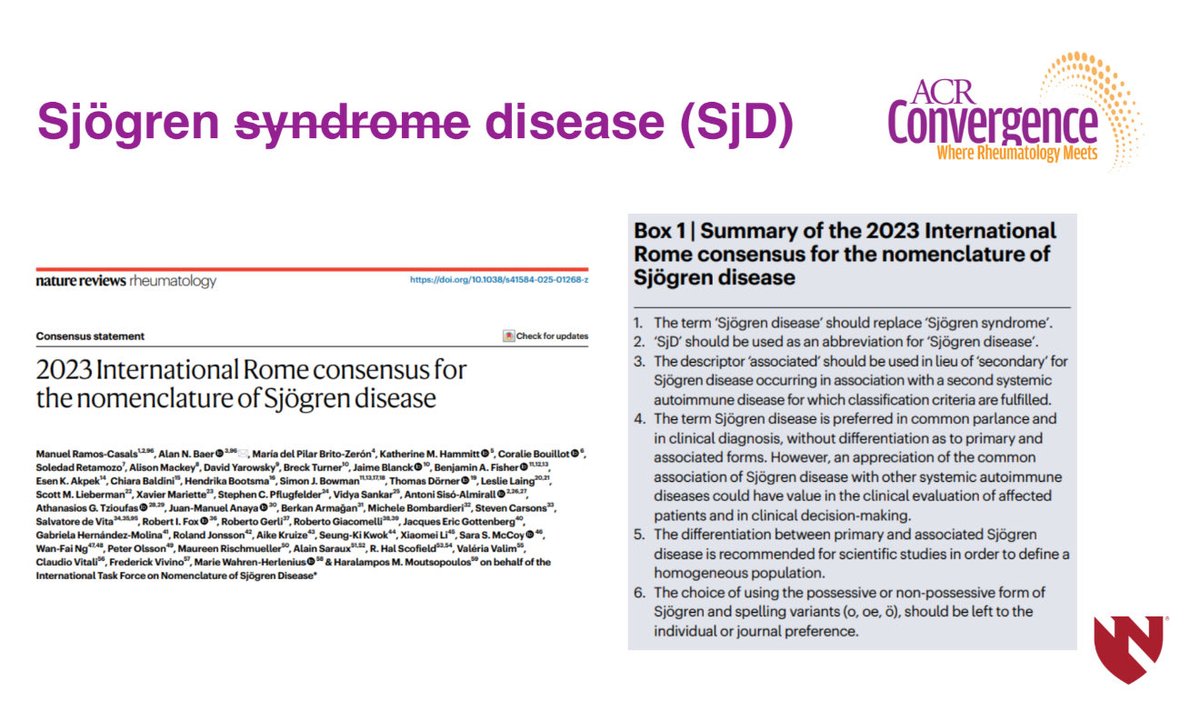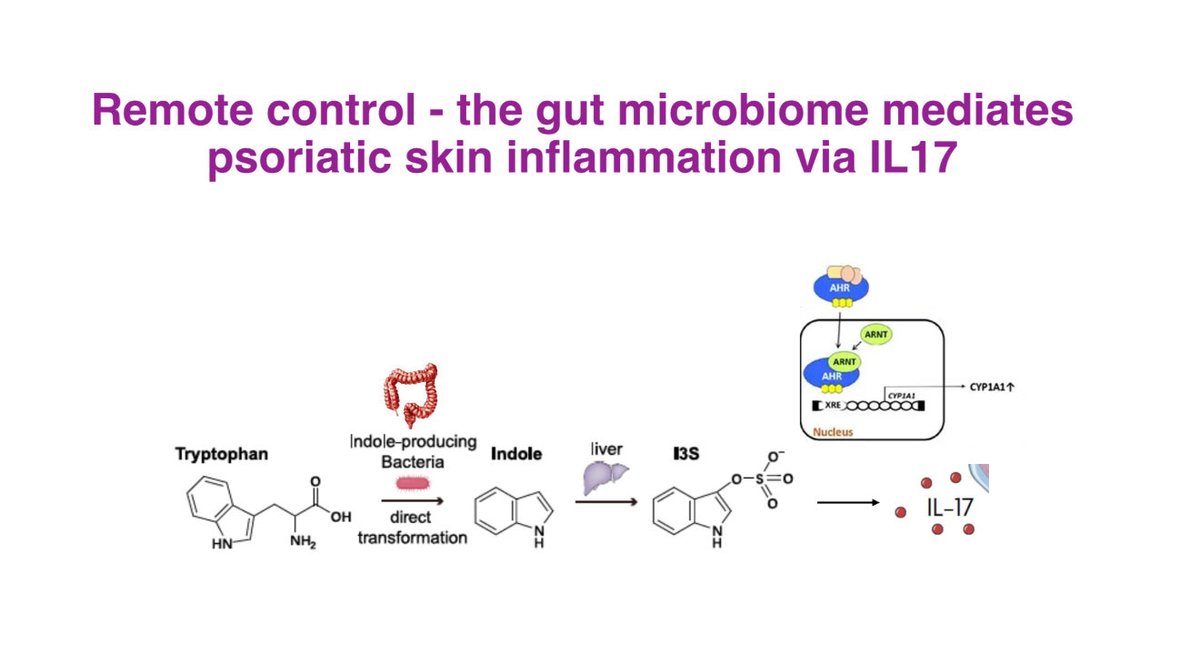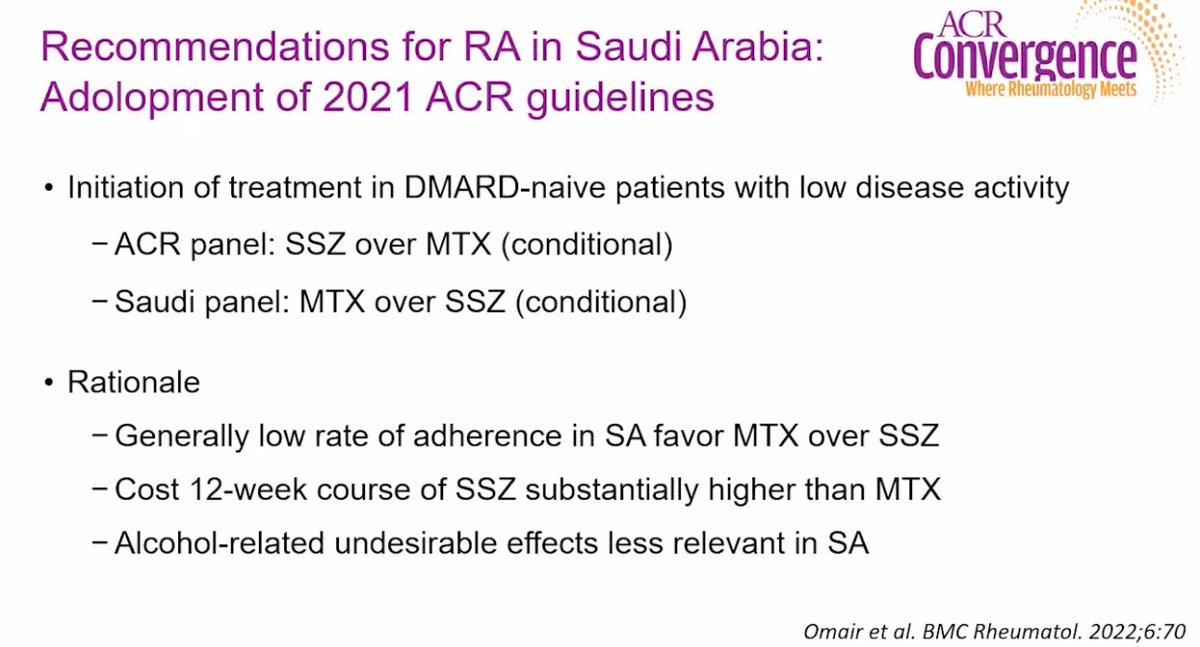All News
From Fitbit to first diagnosis: AI is rewriting the RA playbook
Artificial intelligence isn’t a distant frontier anymore. It’s here, and it appears able to detect signs of rheumatoid arthritis, possibly before we can clinically detect it. Two studies presented at this year’s ACR meeting highlight just how close we may be to a future where algorithms flag disease before we can and monitor activity with minimal patient burden.
Read ArticleNew Insights into Pregnancy Outcomes and Maternal-Fetal Health in Rheumatic Diseases
At ACR Convergence 2025, the American College of Rheumatology presents new research illuminating critical challenges and advances in pregnancy outcomes for women living with rheumatic diseases, including axial spondyloarthritis, antiphospholipid syndrome, and lupus.
Read ArticleCAR-T Cell Therapies Show Promise for Autoimmune Disease at ACR Convergence 2025
Two pioneering studies presented at ACR Convergence 2025 spotlight the potential of CAR-T cell therapies to transform treatment for systemic lupus erythematosus (SLE) and other autoimmune diseases.
Read ArticleSooner May Still Be Too Late: Kidney Biopsies in SLE
ACR Convergence 2025 will be kicking off with a Plenary Session by Michelle Petri (Abstract 0772: Redefining When to Biopsy the Kidney in Patients with SLE), which is a great place to kick off our coverage of the meeting. As part of a collaboration with the Accelerating Medicines Partnership, Petri and colleagues have given data to what many of us have long suspected: a biopsy threshold of 0.5g/d of proteinuria may be too high.
Read ArticleSleep Apnea in Psoriatic Arthritis – A Wake Up Call
Fatigue is one of the most disabling symptoms in psoriatic arthritis (PsA), yet its causes are often underexplored. At ACR 2025, Abstract #0549, a possible hidden contributor was studied: obstructive sleep apnea (OSA).
Read Article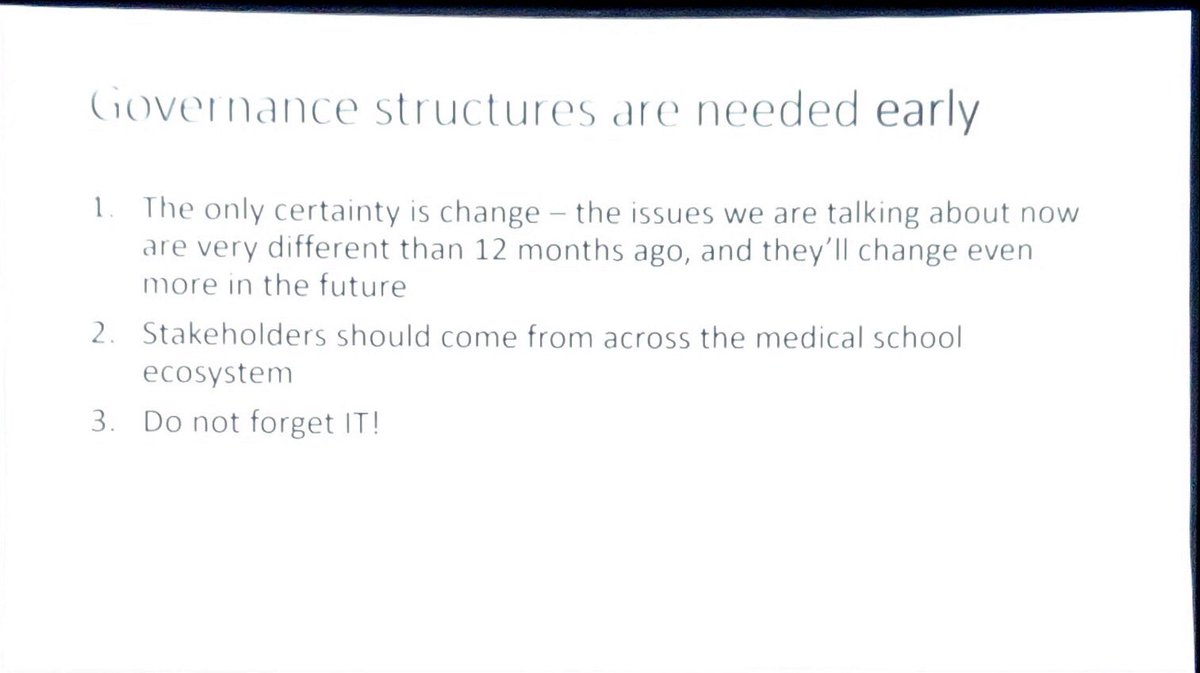
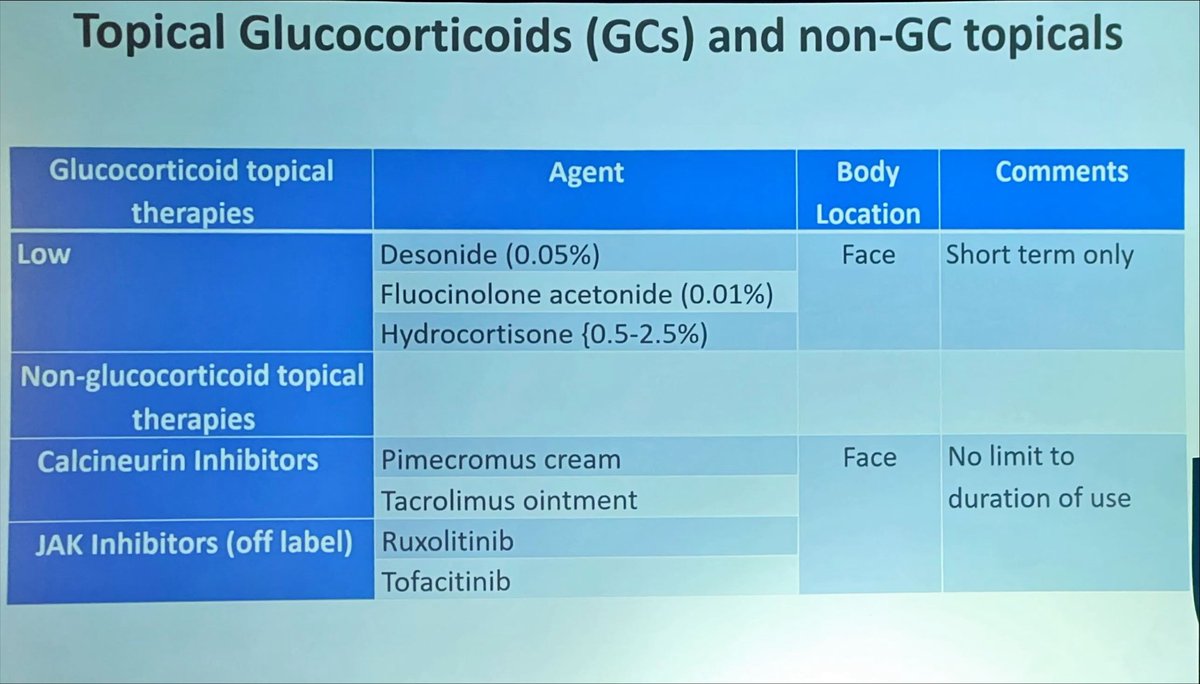
Links:
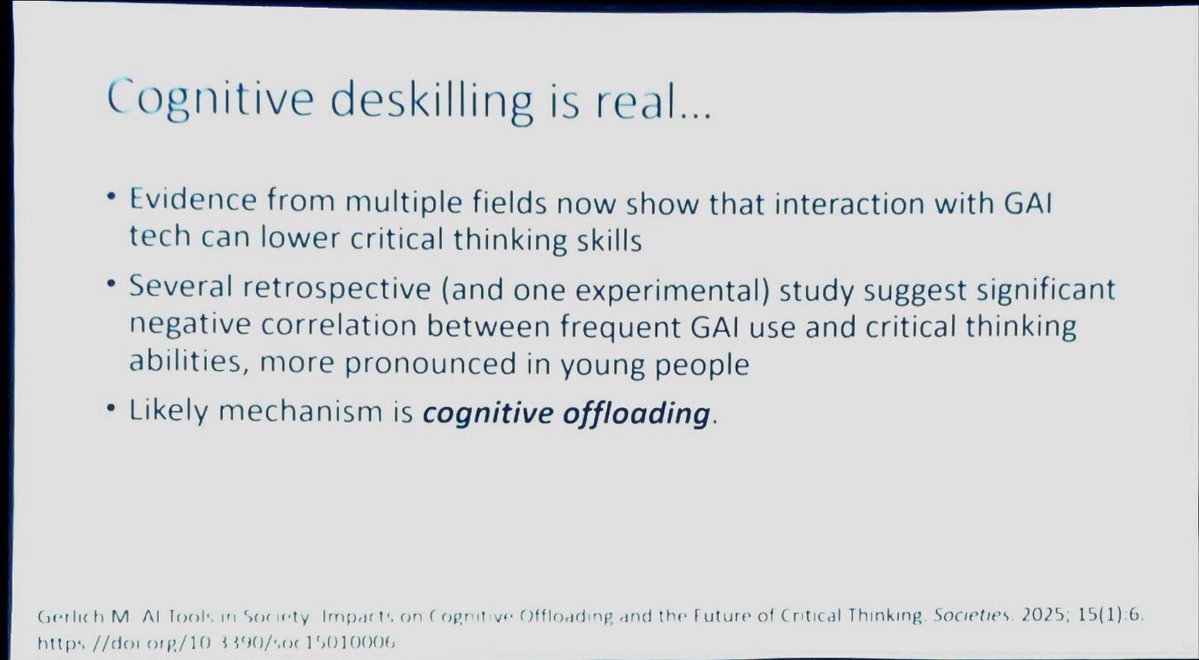
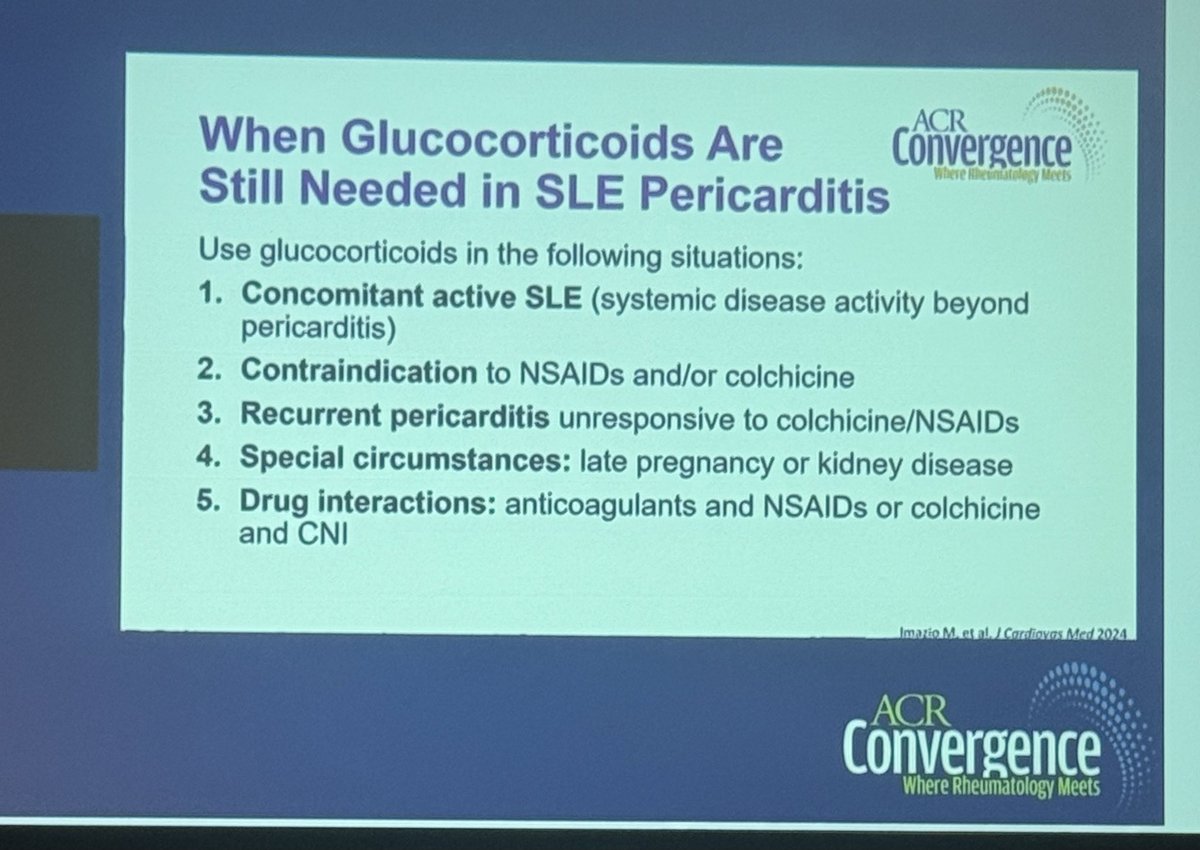
Links:
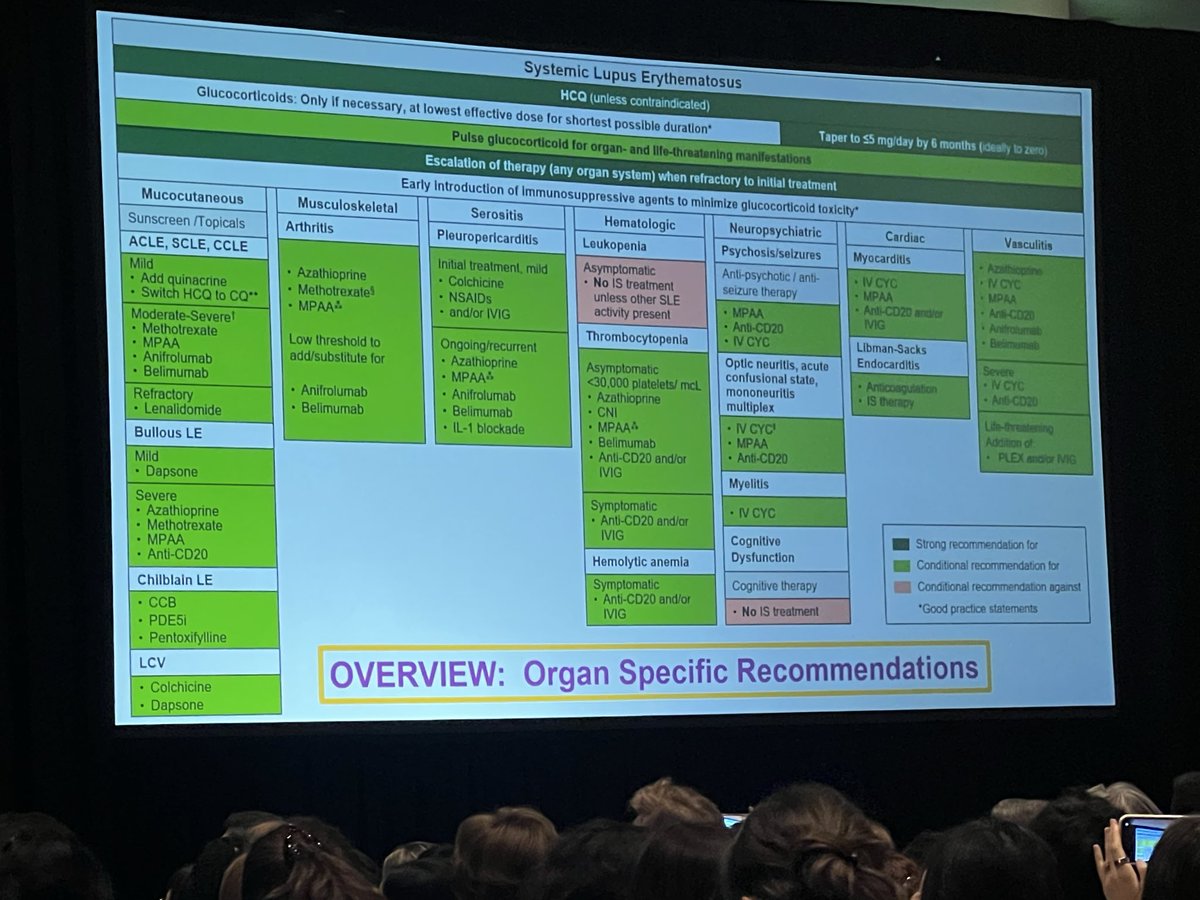
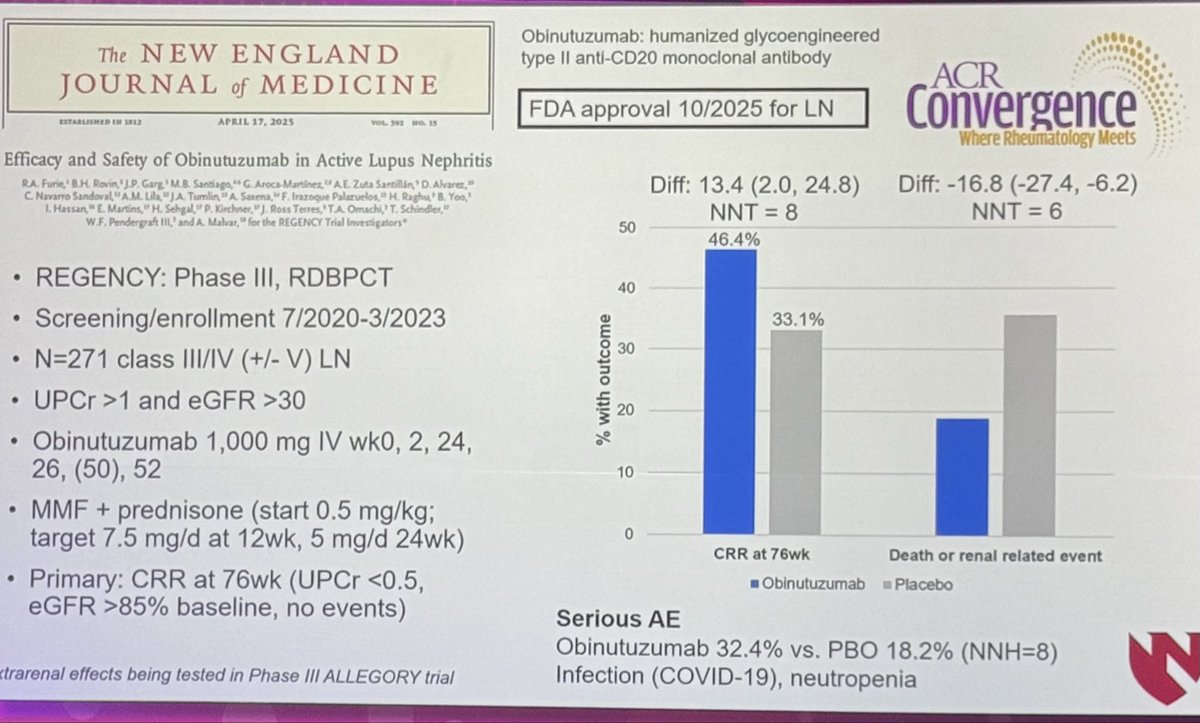

Antoni Chan MD (Prof) synovialjoints ( View Tweet)
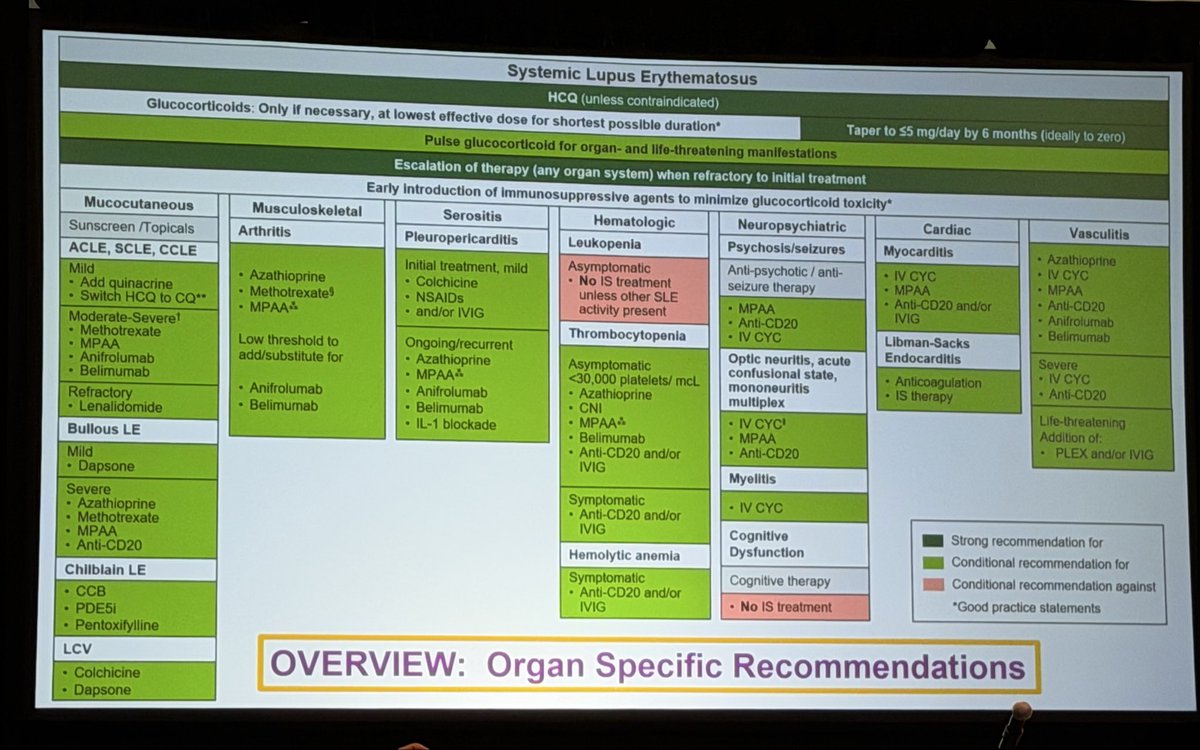
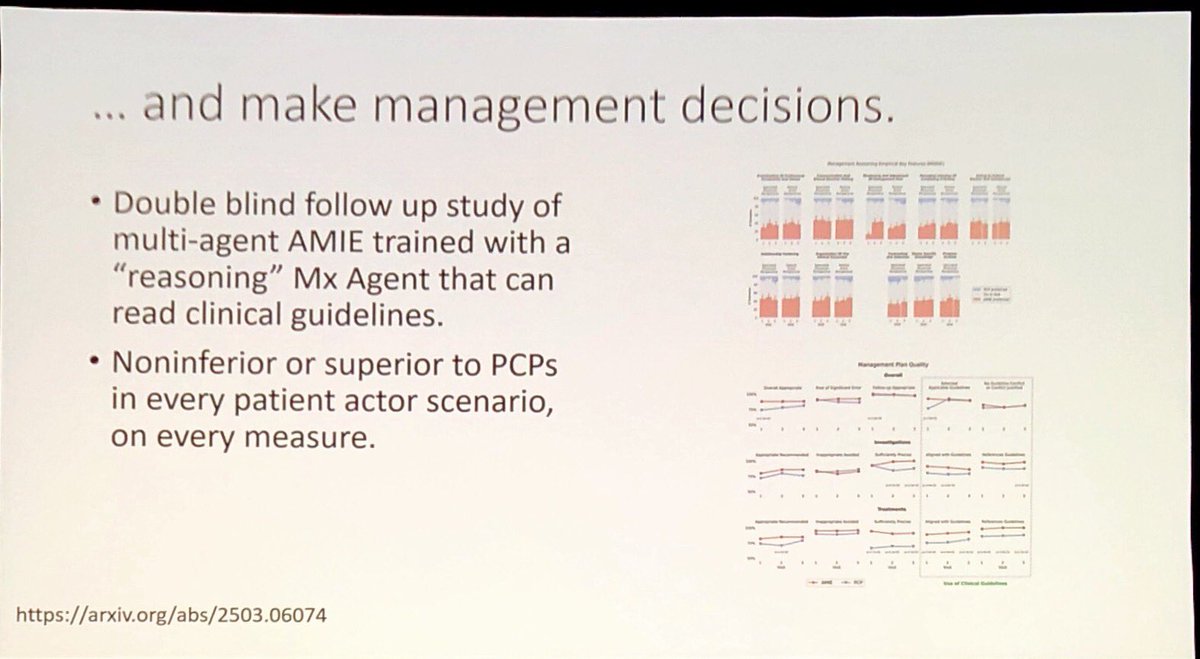
Links:
